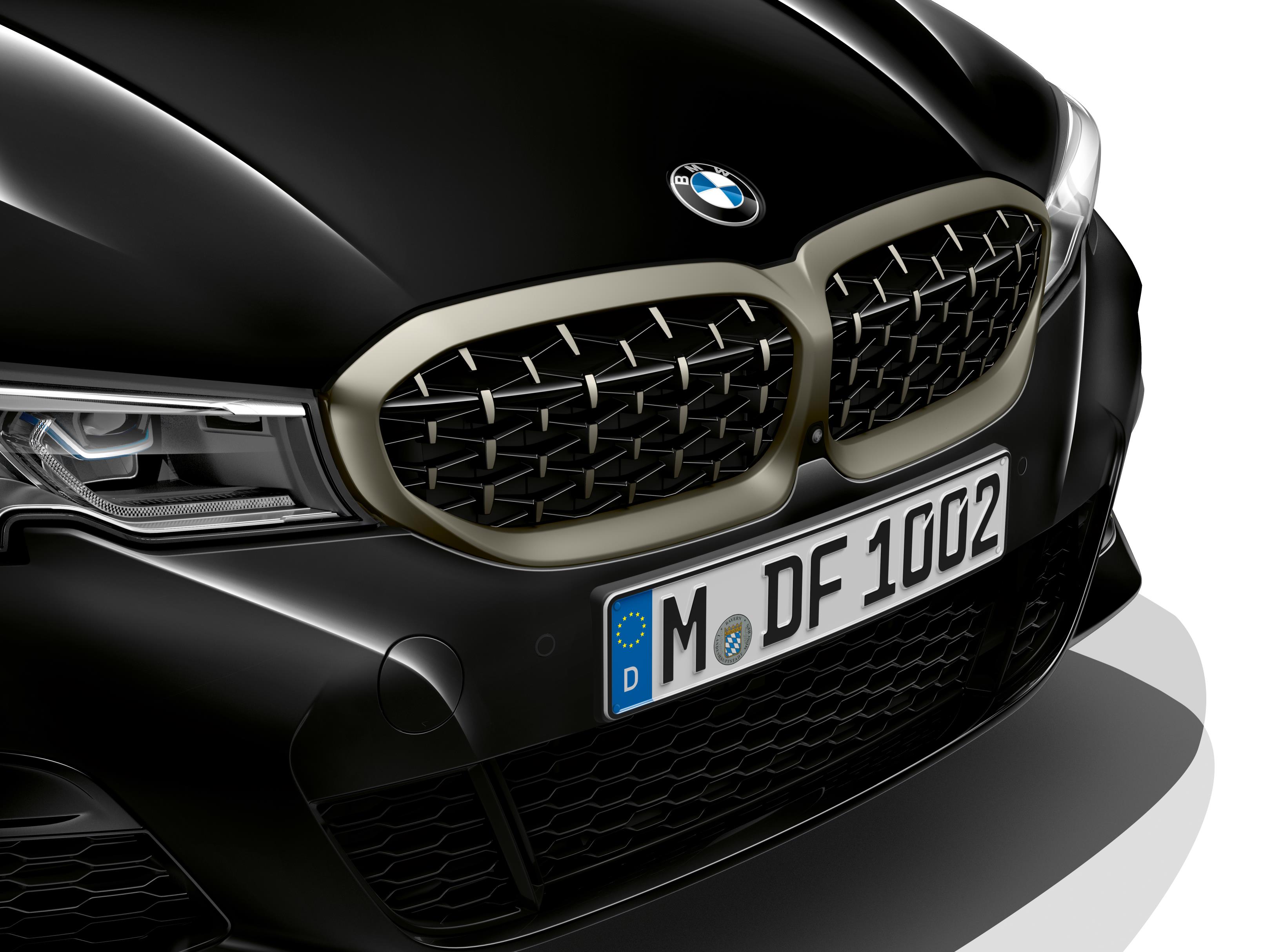Summer holidays don’t have to mean cheap flights to far flung corners of the continent. Sometimes, a European road trip can be a great way to get away from the hustle and bustle of life while seeing new parts of the world.
However, as you drive around Europe — or even popular UK tourist destinations — you might notice that not all number plates are the same. In fact, every country has its own set of rules that dictate the order of the letters and numbers, and often you can glean information such as the year the car was first registered or even where it was first sold.
Read our guide to learn the rules behind some of Europe’s number plates so you can decipher them out on the road…
Germany
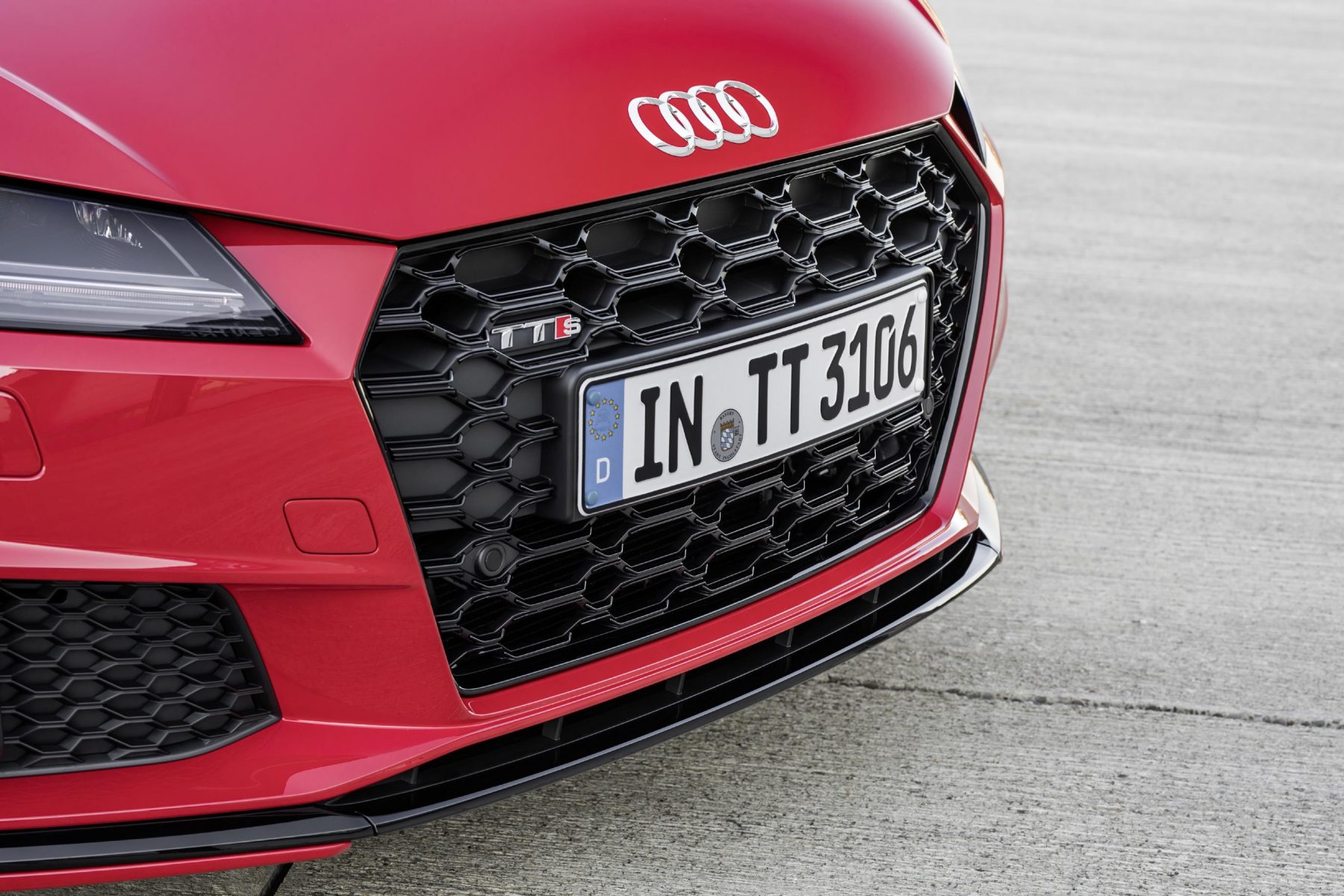
The German number plate is incredibly simple. The first one to three digits are dictated by the vehicle’s registration district, which is followed by a combination of one or two letters and one to four numbers that form the vehicle’s unique identifier.
Typically, larger districts will have a single letter, such as B for Berlin and F for Frankfurt, to allow more variation for smaller districts. Meanwhile, electric vehicles have an ‘E’ as the final letter instead of a number, while classic cars over 30 years old end with an ‘H’.
Between the district ID and vehicle ID are two stickers, which are a vehicle inspection sticker and federal state sticker, which identify the number plate as legally registered.
Italy
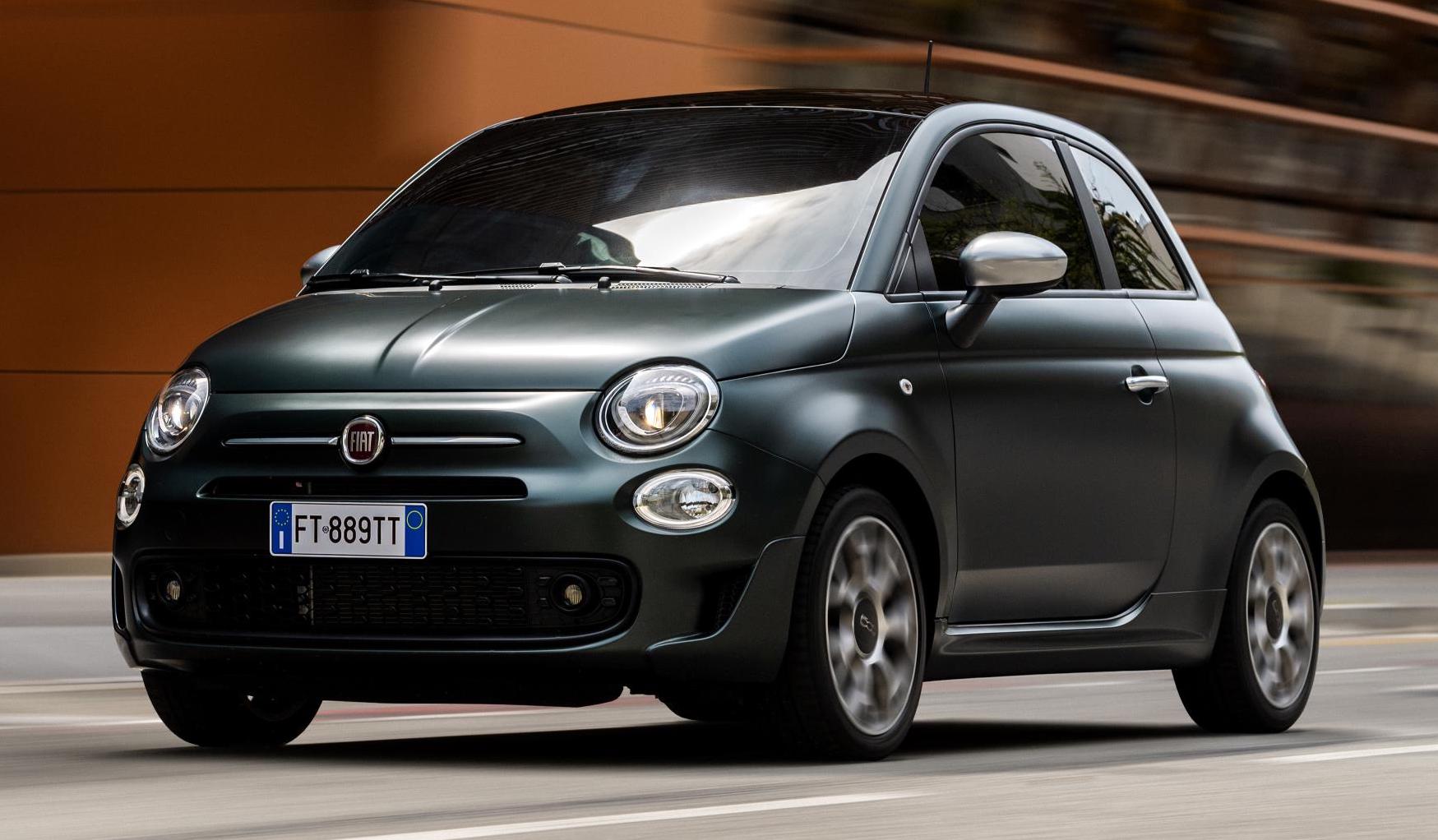
Italy’s number plates have undergone several revisions over the years, with the latest system introduced in 1994 and refined in 1999. It uses the format of two letters, three numbers and two letters, with a blue band either side. On the left, the typical EU country code – in this case ‘I’ – and on the right, the code for the province and year the vehicle was registered in. This latter section is optional, though.
Other than that, though, the lettering is random, so if the owner hasn’t opted to include the province code on the right-hand side, there’s no information to be gleaned. However, some authorities have special codes in red at the start of the plate, such as EI for the military or VF for firefighters.
France
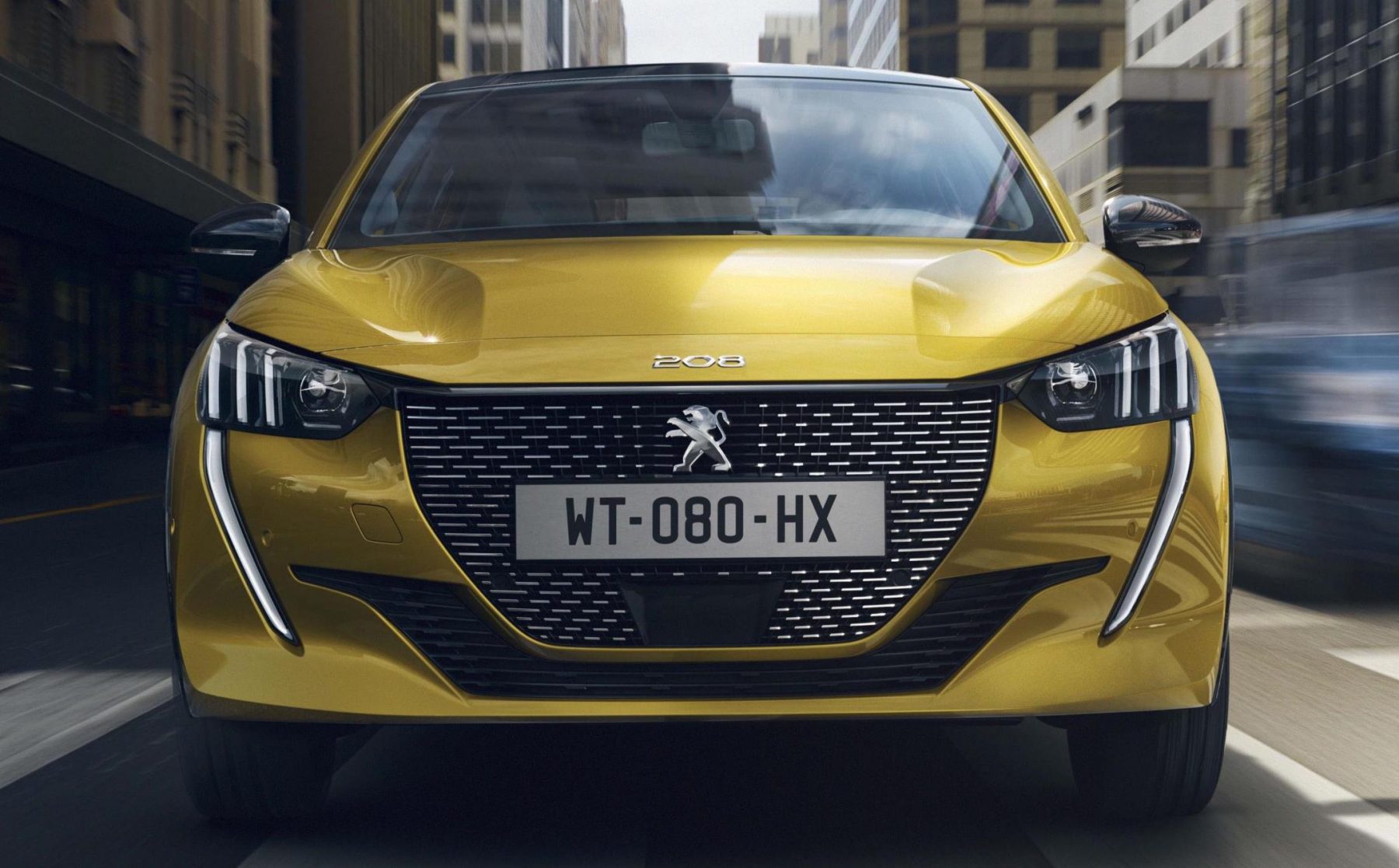
Our friends across the channel introduced their latest system fairly recently, largely copying Italy in 2009. It follows the same two letters, three numbers, three letters format, with the blue strip on the right dictating a region.
Where it differs from Italy is in the fact that the region’s emblem or coat of arms is used in place of letters, while a number is used to indicate the department within that region. Also, where the vehicle is actually registered doesn’t matter – the first owner chooses whichever region and code they’d like.
Spain
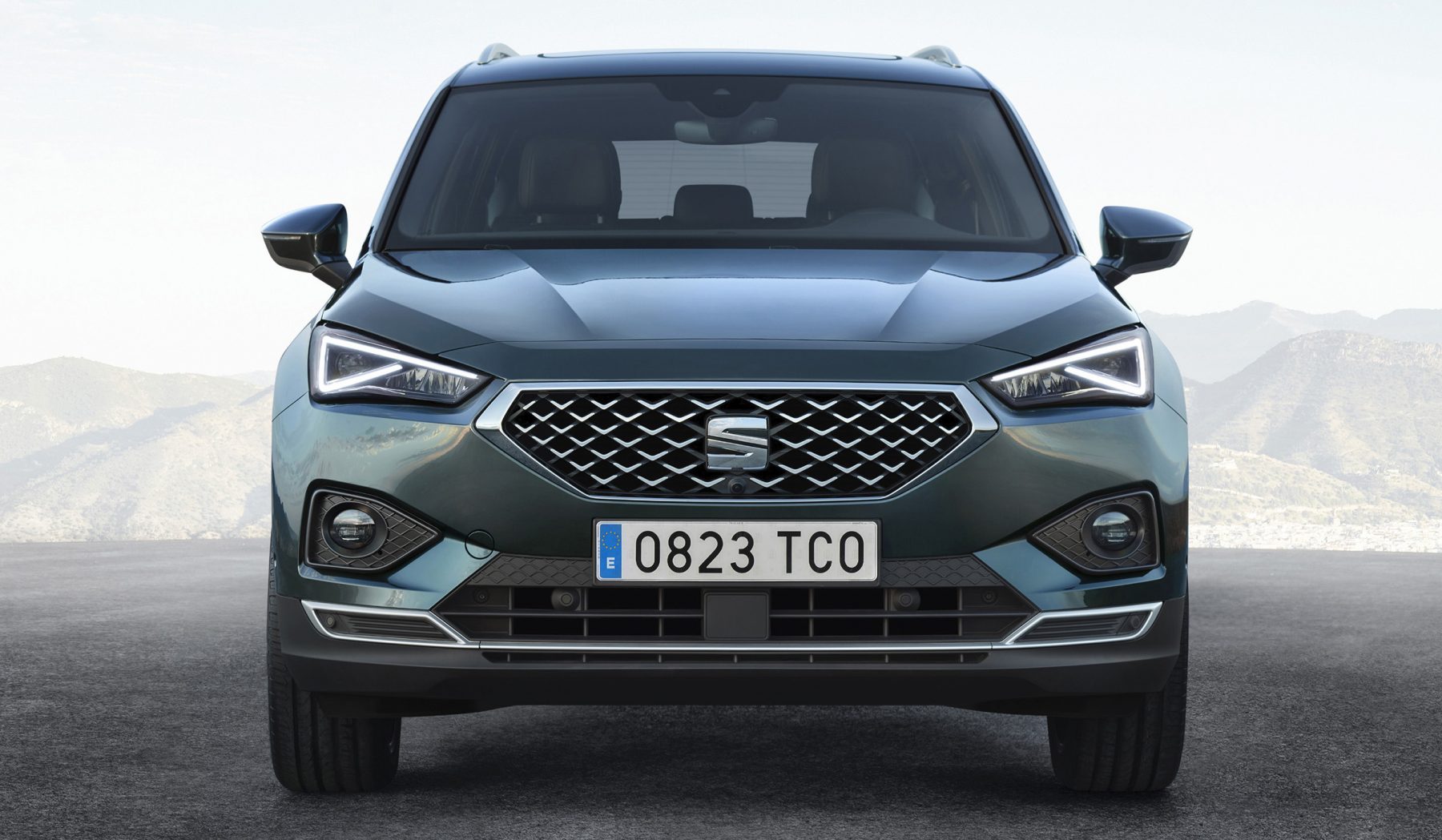
Spain has a very simple set-up that counts vehicles nationwide, meaning a little information can be gleaned from the alphanumeric set, which is four numbers followed by three letters.
The first four numbers start with 0000 and end with 9999, and each vehicle that is registered gets the next number up, for example 0000, then 0001, 0002, etc. The three letters are a combination of consonants that started with BBB and will end with ZZZ. This gives 80 million possible combinations.
Once a letter combination hits 9,999 registered vehicles, it rolls over to the next letter combination, and the counter goes back to 0000. For example, 9999 BBB would be followed by 0000 BBC, and 9999 KBB would roll over to 0000KBC.
This means you can generally tell whether a car is new or old based on the letter combination.
Russia
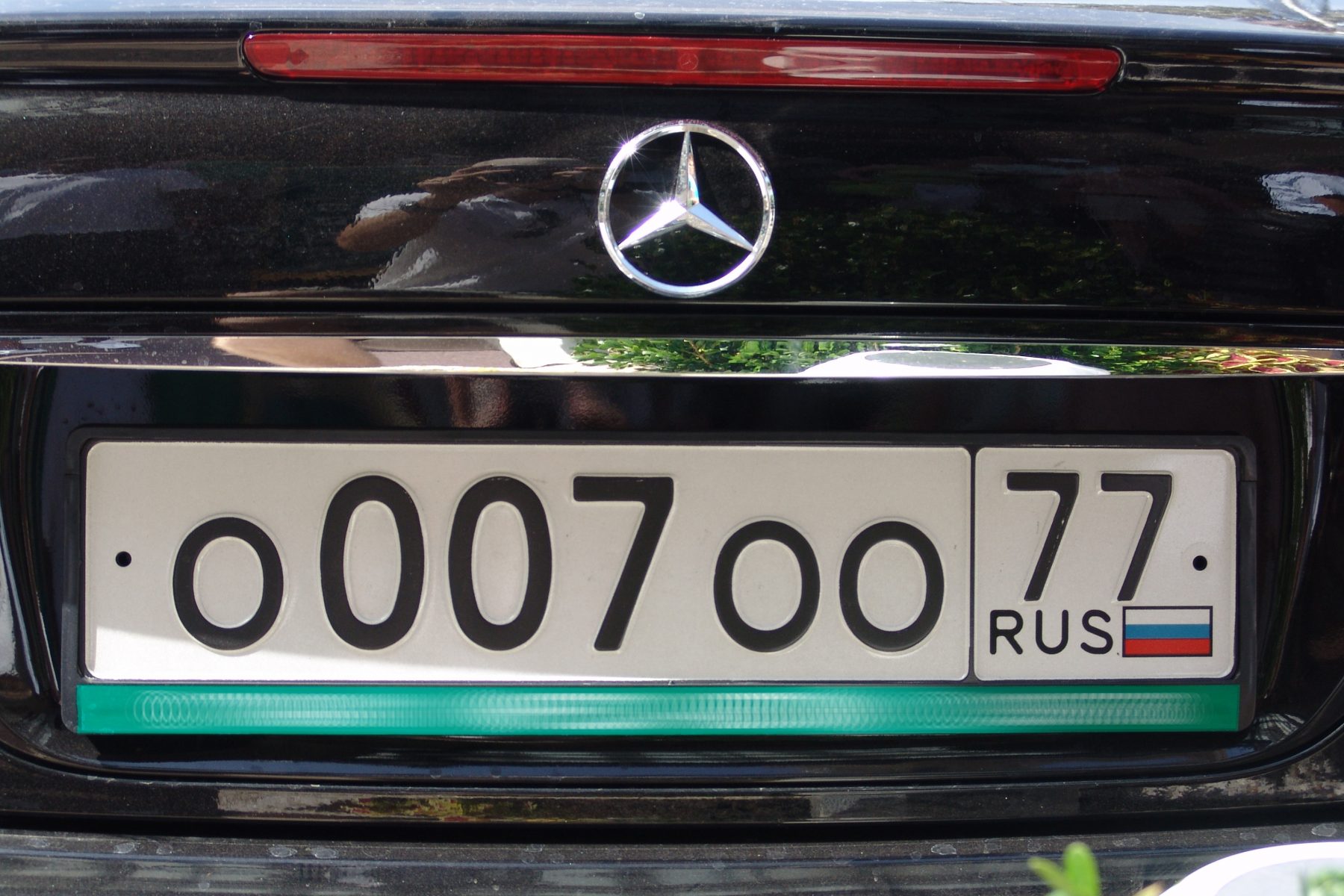
If you’ve spent any time on YouTube you’ll no doubt have fallen down the Russian dashcam rabbit hole, so understanding the number plates might actually be quite interesting.
Private vehicles use the format of one letter, three numbers and two letters – to make sure the number plates are easy to understand when Russians driving their vehicles abroad, few Cyrillic symbols, which are used in the Russian alphabet, are used. The combination is random.
To the right-hand side in a box is the region number the vehicle is registered to. Most regions have just one number, but there’s a limit of 1,726,272 vehicle IDs per region, so some densely populated areas have been given multiple region codes – Moscow has eight, for example.

